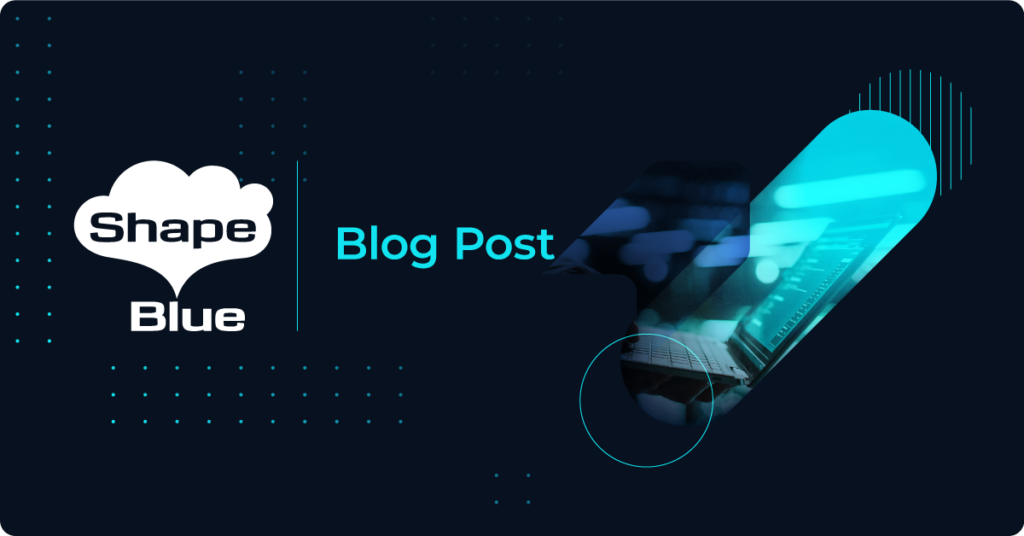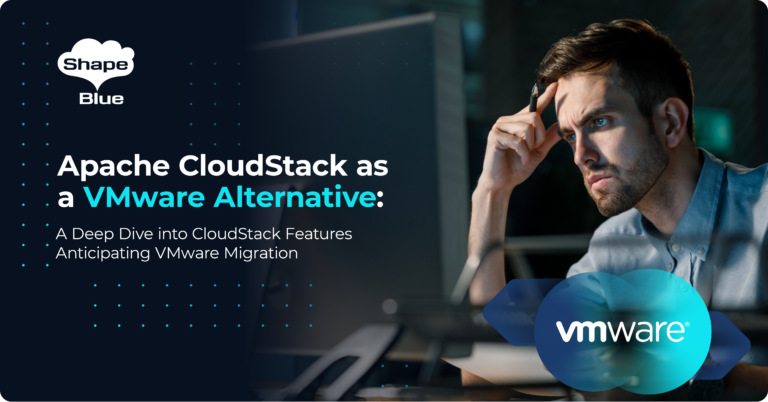Software based agent LB for CloudStack | CloudStack Feature Deep Dive

Introduction Last year we implemented a new CA Framework on CloudStack 4.11 to make communications between CloudStack management servers it’s hypervisor agents more secure. As part of that work, we introduced the ability for CloudStack agents to connect to multiple management servers, avoiding the usage of an external load balancer. We’ve now extended the CA Framework by […]
What’s new in CloudStack 4.11? | CloudStack Feature Deep Dive

Version 4.11 of Apache CloudStack has been released with some exciting new features and a long list of improvements and fixes. It includes more than 400 commits, 220 pull requests, and fixes more than 250 issues. This version has been worked on for 8 months and is the first release of the 4.11 LTS releases, […]
CloudStack Usage Service | CloudStack Feature Deep Dive

Introduction CloudStack usage is a complimentary service which tracks end user consumption of CloudStack resources and summarises this in a separate database for reporting or billing. The usage database can be queried directly, through the CloudStack API, or it can be integrated into external billing or reporting systems. For background information on the usage service […]
CloudStack CA Framework | CloudStack Feature Deep Dive

Introduction The CloudStack management server listens by default on port 8250 for agents, and this is secured by one-way SSL authentication using the management server’s self-generated server certificates. While this encrypts the connection, it does not authenticate and validate the connecting agent (client). Upcoming features such as support for container/application cluster services require certificate management, and the emerging […]
Host-HA for KVM Hosts in CloudStack | CloudStack Feature Deep Dive

Intro What is HA? “High availability is a characteristic of a system, which aims to ensure an agreed level of operational performance, usually uptime, for a higher than normal period. ” — Wikipedia HA in CloudStack is currently supported for VMs only. In order to have it enabled, the service offering of the VM should […]
Dynamic Roles in CloudStack | CloudStack Feature Deep Dive

Introduction Managing user roles has been a pain for a while, as the model of having a commands.properties file that defines roles and their permissions can be hard to comprehend and use. Due to this, not many CloudStack users made any changes to the default harcoded roles and further enhanced roles. Therefore, ShapeBlue has taken the opportunity to […]
Granular Access Controls in CloudStack | CloudStack Feature Deep Dive

An oft-cited limitation in Apache CloudStack is the lack of granular access controls. Historically, when creating an account, there have been four built-in roles to choose from: Root Admin, Resource Admin, Domain Admin, and User. Unfortunately, these built-in roles have been insufficient for the needs of many organizations, who have resorted to various workarounds. Thankfully, this will change in […]
CloudStack 4.7 Metrics View | CloudStack Feature Deep Dive

CloudStack 4.7 (which is due in the coming weeks) will introduce a new metrics view feature throughout the familiar CloudStack interface. We built this functionality to help system architects and admins comprehend resource utilisation and drill into the data to find performance hotspots. Whilst metrics have always been available via the CloudStack API a lot of information hasn’t been […]
XenServer Native HA with CloudStack | CloudStack Feature Deep Dive

Update – Following community feedback, Timeout Settings have now been added to the script Update – The HA settings in this post also apply to XenServer 6.5.0 onwards Warning: If you have applied Hotfix XS62ESP1004 to your XenServer 6.2 infrastructure and have not enabled Pool HA, in the event of your Pool Master going down, […]
What’s new in CloudMonkey 5.3.0? | CloudStack Feature Deep Dive

The Apache CloudStack community recently released CloudMonkey 5.3.0. In this post, Rohit Yadav Software Architect at ShapeBlue talks about this release and his work on the new server profile feature. For more information on CloudMonkey and its usage click here. At ShapeBlue we offer CloudStack infrastructure support and in doing so we rely heavily on tools such as CloudMonkey […]


